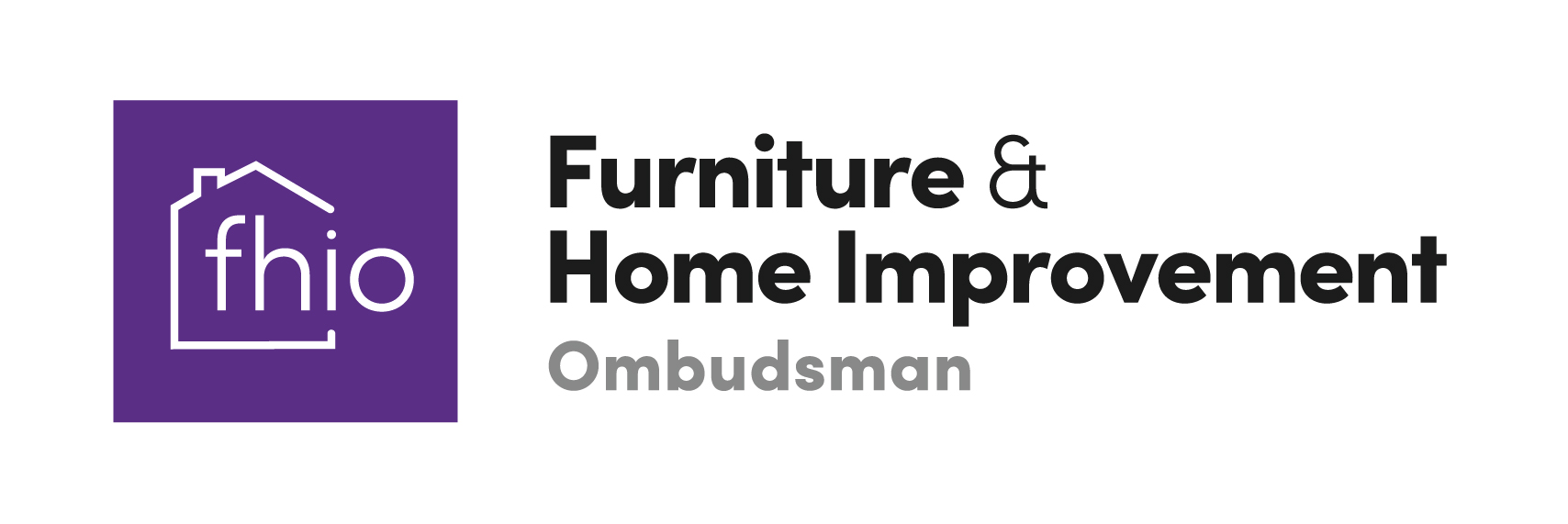Getting To, From and Around the City of Leeds
When planning any removal, a lot of research needs to be done in order to ensure that your new town is just right. Even when moving elsewhere within your current city requires a lot of research. As Turnbull’s are celebrating 150 years of Leeds removals, our aim is to help provide some of the research into the city that we have been proud to serve since 1867. Leeds has developed itself as a hub in the north of England and this extends to transport. Here is our guide to getting to, from and around the city of Leeds.
Car
Leeds is widely seen as a city dependent on cars and has one of the highest dependence of cities in the UK due to no rapid transport system as seen in other northern cities. This led to the city being rated as one of the most gridlocked in Europe in 2012. Despite this, there is a modern and practical road system that includes the city centre loop as well as the inner and outer ring roads. Leeds is also well connected to the motorway networks via the A1, M1 & M62.
Leeds’ dependence on its roads is shown by its increased numbers of taxis and taxi companies.
Bus
Within the city centre, there is the FreeCityBus that was founded in 2006 and runs on a circular route to connect Leeds bus and railway stations to other major points in the city centre. The Leeds Bus Station is situated on Dyer Street at the end of The Headrow – this provides connections across the city and to nearby Harrogate, Ripon, Bradford & the East Coast. There are also national services via National Express.
Leeds has seen a large investment into its bus lanes in a bid to drive down journey times during the bus hours. This has largely been seen as a success.
Rail
The railway network is vital to the city with Leeds railway station acting as one of the busiest in the UK outside of London as more than 100,000 passengers pass through on a daily basis. There are regular links across the city to its local stations as well as across the country.
Leeds is projected as one of the northernmost stops on the new High Speed 2 railway network which is aimed at linking the north to London at a reduced journey time. This would include a new railway station towards the south of the city centre which would be linked via a walkway to the current Leeds station.
Air
Leeds has its very own airport located to the north west of the city in Yeadon. Leeds Bradford International Airport is the largest in Yorkshire. The airport has seen a dramatic increase in passengers following the airline Jet2 choosing it as their base to run regular flights to Europe and seasonal to New York City. The airport was sold to private owners in 2007 who plan to expand further.
Cycle
In recent years there has been large investment into Leeds’ cycle network which may be attributed to the huge success of the 2014 Tour de France Grand Depart that ran from Leeds to Harrogate with huge popularity. These investments include large cycle racks in the city centre and the City Connect project which is a mainly segregated cycleway linking Leeds and Bradford.
Future Developments
Since the closure of the Leeds Tramway in the 1950s, Leeds has been without a rapid transport system to provide links across the city. There has been many differing proposals such as the Leeds Supertram and Trolley Bus which would bring the city up to speed with the links of neighbouring Manchester, Sheffield & Newcastle – but all have been rejected as either too expensive or not viable.
As mentioned previously, this has led to investment in the existing public transport systems including bus lanes and extra train lines in the city such as at Kirkstall.
← Britannia Turnbull’s International Guide: New Zealand Moving To The UK’s Home of Retail Therapy →


 Follow
Follow

